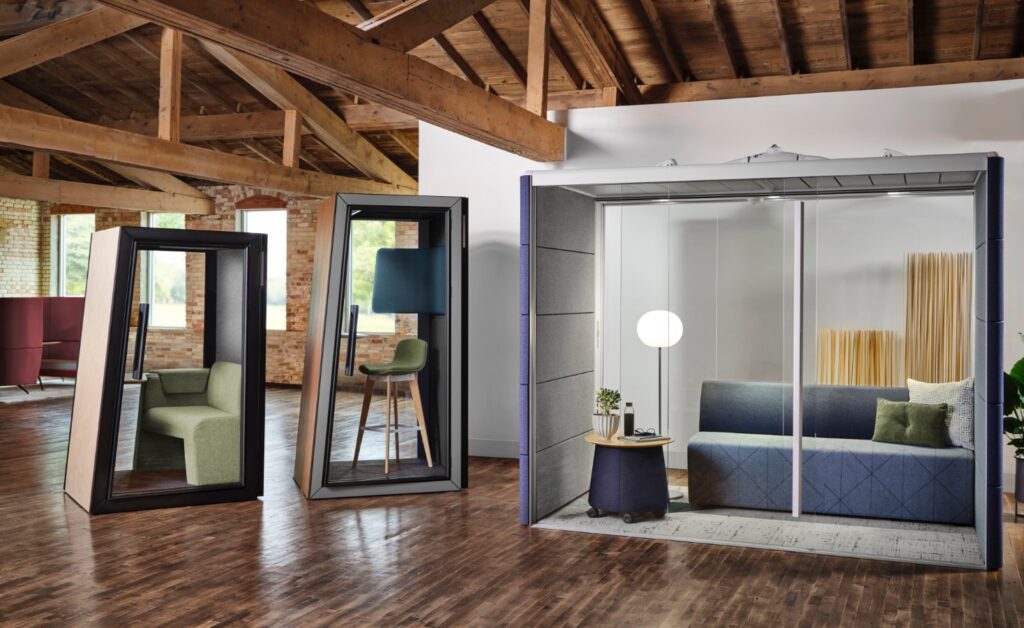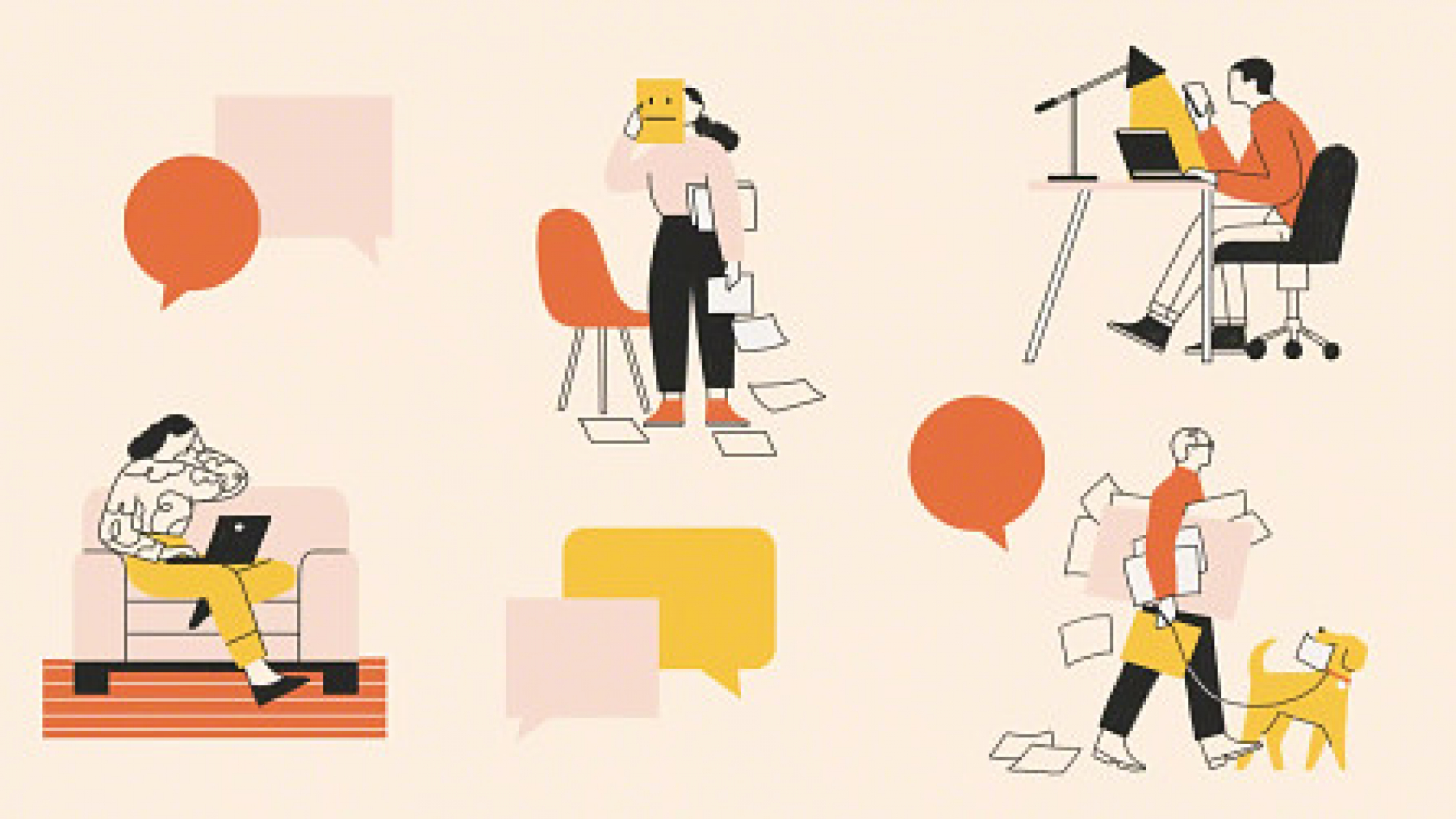According to recent findings conducted by Steelcase, there is a significant difference between a leader’s work experience and their employee’s. With so much recent workplace upheaval, it is no wonder employees are struggling to adjust to new workplace norms. In this article, we will discuss the disconnect between leaders and their employees and how they can take steps to improve employee wellbeing.
When questioned about their feelings regarding work-life balance, health and energy levels, engagement with their work, and mental health, there is a significant gap between leaders and employees.

While many factors contribute to this overall dissatisfaction with the workplace, here are a few that employees say are significant.

So what can leaders do to help improve the well-being of their employees? Well, research suggests one of the best things leaders can do is to set an example for their employees. According to the Steelcase study, when leaders are in-person and visible in the office more often, things get better.

By being visible and accessible to employees more often, leaders can have a significantly positive impact in their workplace.
Regarding physical space, studies show that 80% of companies have reduced their office space. At the same time, they are also requiring employees to be in the office more often. This loss of space (shared workstations compared to “owned” stations) and subsequent loss of privacy is frustrating for employees. Especially considering they who spend most of their time doing individual work that requires privacy. Since most leaders enjoy a private office, they may not experience the distractions and interruptions employees face in open offices. As a leader, it is important to recognize that your employees have different space needs too. Do your best to create places for quiet collaboration and privacy.
Privacy Solutions for Employee Well-Being
Some great ways to provide auditory privacy are with acoustic solutions like sound clouds and panels. These work well in problem areas and the addition of sound masking significantly reduces distractions.

As to visual privacy, adding screens and hoods around and between workstations helps eliminate distractions.

Finally, adding phone booths or studio pods would provide flexible spaces for individuals or teams to have confidential conversations. They also take up less square footage than a traditional conference room.

Ultimately, different people have different work styles. By providing a variety of furniture solutions that support different postures, leaders can help their employees be more productive when they are in the office. Studies show that when employees feel like their leaders are considering their needs, their feeling of well-being increases by 22%. In this case, simply taking the step to ask employees what they want makes a huge difference.
Create spaces where your employees want to work and see the difference it can make for your company.
Work With Us
Create Spaces is the expert in space planning and furniture selection. If you are interested in finding solutions for a smaller office footprint, contact us today! We specialize in creating exceptional spaces on time and on budget.
Receive our Newsletter
To receive our newsletter, including new editions of SPACES and other digital content, fill out the form:



